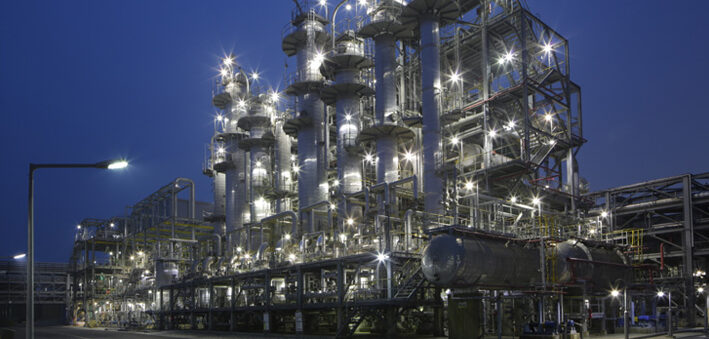Kumho Petrochemical says that environmentally sustainable biosilica, extracted from rice bran, is to be used in the company’s high-performance synthetic rubbers, including S-SBR. It claims this will reduce carbon dioxide emissions by up to 70% compared with the previous silica-based production methods.
The company notes that it has recently strengthened its research into eco-friendly and high-end synthetic rubber composites using biosilica, through memoranda of understanding (MOUs) and cooperative projects with manufacturers and partners.
The use of silica is an important element of S-SBR for high-performance tire production and is touted as an attractive raw material to replace existing carbon black. Its use and demand are expected to gradually increase for electric vehicle tires, where grounding and abrasion performance are more critical than for vehicles with internal combustion engines because of the heavier bodies.
The new silica that Kumho Petrochemical will use is made from rice bran (rice husk) extract. Its natural silica content, comprising more than 90% of the carbonized rice bran in ash, is converted into sodium silicate, which is then processed into biosilica that can be used in petrochemical products. The silica the company previously used was based on quartz grains, the collecting and processing of which is energy intensive. Kumho claims that the process of using rice bran is highly energy-efficient and can reduce carbon dioxide emissions by up to 70% compared with the existing method.
The environmentally friendly synthetic rubber composites being developed by Kumho Petrochemical are said to maximize the dispersion properties of biosilica and S-SBR, and the company expects to supply them to major domestic and foreign tire and shoe manufacturers. In addition, considering the biosilica business’s growth potential, Kumho Petrochemical says it will increase its production capacity of S-SBR from the current 63,000 tons per annum to 123,000 tons by the end of 2022.



